Nouns
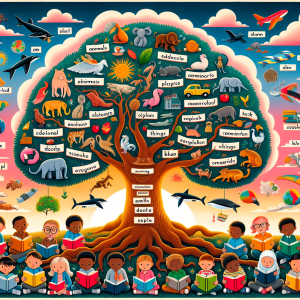
A noun is a word that represents a person, place, thing, or idea. It serves as the fundamental building block of sentences, providing the subject or object around which language revolves. Nouns can be concrete, like “dog” or “house,” which are tangible and observable, or abstract, such as “love” or “justice,” representing concepts or qualities. Learning nouns in English is crucial because they form the backbone of communication. They allow individuals to name and reference the people, objects, and concepts in their surroundings, facilitating clear and effective expression. Understanding nouns helps learners construct grammatically correct sentences, enabling them to convey ideas accurately and succinctly. Moreover, mastering nouns lays the groundwork for comprehending more complex grammatical structures and advancing language proficiency in reading, writing, and speaking English.
Pronouns
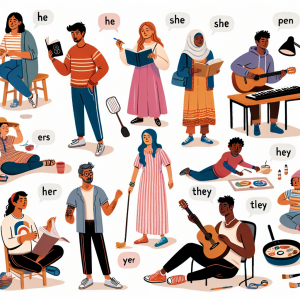
Pronouns are words used in place of nouns to avoid repetition or to refer back to a previously mentioned noun. They streamline language by replacing specific nouns with more general terms like “he,” “she,” “it,” “they,” “we,” and “you.” Pronouns benefit learning English by making communication more efficient and concise. They simplify sentence structure, enhance readability, and encourage fluency by allowing speakers and writers to convey ideas without constant repetition of nouns. Moreover, mastering pronouns helps learners understand sentence cohesion and develop a deeper understanding of grammar rules, leading to improved writing and speaking skills in English.
Verbs

A verb is a word that expresses an action, occurrence, or state of being in a sentence. It’s like the engine that drives the sentence forward. Verbs show what someone or something does (e.g., “run,” “jump”), what happens (e.g., “rain,” “grow”), or describe a state of being (e.g., “is,” “was”). They are essential for conveying actions, events, or conditions in communication. Verbs can also indicate tense, showing when an action occurs (e.g., present, past, future). In essence, verbs are the action words that give life and movement to sentences, allowing us to express a wide range of thoughts, feelings, and experiences.
Adjectives

An adjective is a word that describes or modifies a noun or pronoun by providing more information about its qualities or characteristics. Adjectives add color, detail, and precision to language, helping to create vivid and nuanced descriptions. They answer questions like “What kind?” “Which one?” or “How many?” Adjectives benefit learning English by enabling learners to express themselves more precisely and vividly. They enhance vocabulary, encouraging the use of descriptive language. Mastering adjectives enhances writing and speaking skills, allowing learners to paint a clearer picture and evoke stronger emotions. Understanding adjectives fosters effective communication and fosters appreciation for the richness of language.
Adverbs
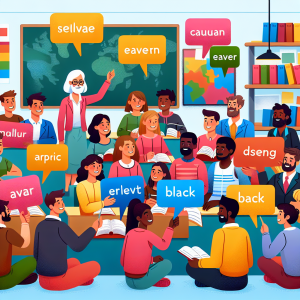
An adverb is a word that modifies a verb, adjective, or another adverb, providing information about how, when, where, or to what extent something happens. Adverbs add depth and clarity to language, enhancing the precision and expressiveness of communication. They answer questions like “How?” “When?” “Where?” or “To what degree?” Adverbs benefit learning English by enabling learners to convey a wide range of meanings and nuances in their writing and speech. They help to refine and expand vocabulary, encouraging learners to express themselves with greater specificity and accuracy. Mastering adverbs fosters clearer communication and enhances overall language proficiency.
Prepositions
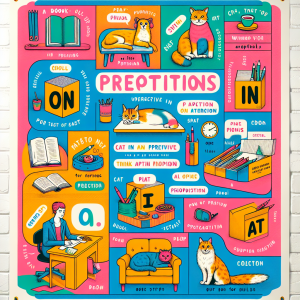
A preposition is a word that shows the relationship between a noun or pronoun and other words in a sentence. Prepositions indicate location, direction, time, or the relationship between two elements in a sentence. Common prepositions include “in,” “on,” “at,” “above,” “below,” “beside,” and “between.” Prepositions benefit learning English by providing clarity in expressing spatial and temporal relationships. Understanding prepositions enhances comprehension of sentence structure and improves communication skills. By mastering prepositions, learners can convey precise information about the placement or timing of events, leading to more effective and accurate expression in both spoken and written English.
Conjunctions
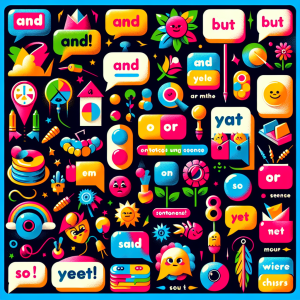
A conjunction is a word that connects words, phrases, or clauses in a sentence, allowing for smoother and more coherent communication. Common conjunctions include “and,” “but,” “or,” “so,” “for,” and “yet.” Conjunctions benefit learning English by facilitating the formation of complex sentences and expressing relationships between different ideas or elements. They help learners construct compound and complex sentences, enabling them to convey more nuanced thoughts and connect related concepts. By mastering conjunctions, learners can improve their ability to organize ideas logically, leading to clearer and more structured writing and speech in English.
Interjections

An interjection is a word or phrase used to express strong emotions or sudden feelings in a sentence. Examples include “wow,” “ouch,” “hey,” and “oh.” Interjections benefit learning English by adding emotion, emphasis, and authenticity to language. They allow speakers to convey feelings such as surprise, excitement, or pain more effectively, making communication more engaging and expressive. By incorporating interjections, learners can enhance their understanding of tone and context in English conversations and texts. Mastering interjections also encourages creativity and spontaneity in language use, fostering a deeper connection to the language and its cultural nuances.
